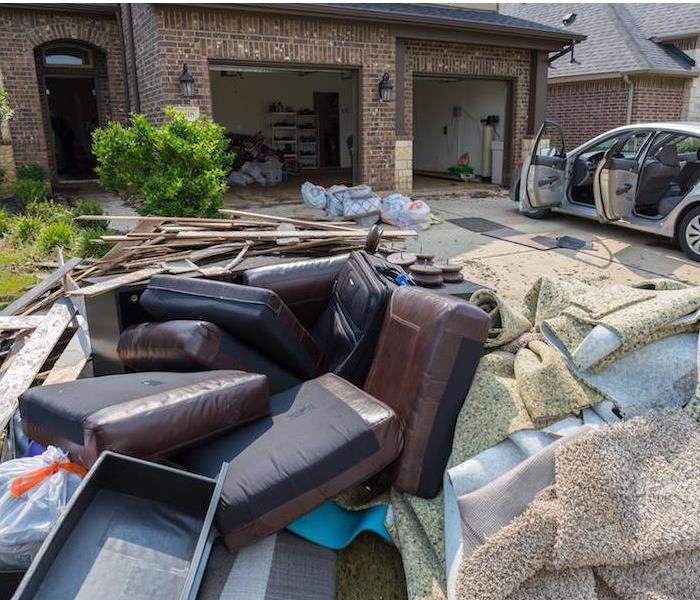Your Guide to Damages Following a Flood | SERVPRO® of Henderson/Boulder City
3/16/2021 (Permalink)
 Do you have water damage or flooding? Let SERVPRO of Henderson/Boulder City guide you through your water-related issues.
Do you have water damage or flooding? Let SERVPRO of Henderson/Boulder City guide you through your water-related issues.
Your Guide to Damages Following a Flood | SERVPRO® of Henderson/Boulder City - SERVPRO OF HENDERSON/BOULDER CITY Blog
While flooding may not be considered as big of a risk as fires or storm damage, it is still wise for homeowners to educate themselves about the risk. Flooding is becoming increasingly common throughout the world and its economic impact continues to rise, so understanding the potential risks is a wise choice.
There are a variety of causes for floods and a variety of damages they can lead to, but we have compiled a guide to some of the ones that are the most common in order to help you prepare.
A Flood’s Impact on a Home
Foundational Damage. A flood can quickly cause the soil underneath a home to become excessively saturated with water, leading to the ground swelling, shifting or crumbling. This can cause foundation issues to arise as the foundation moves with the ground it is built upon.
Drywall Damage and Mold. Though drywall that is oversaturated with water will often crack or crumble, not all panels will show these clear signs of damage. Though some panels might appear fine, it is still important to inspect any that have been exposed to water as drywall is a common culprit for hidden mold.
Insulation Saturation. The most common types of insulation used in buildings have the ability to absorb water, making them a big risk after a flood. Not only will this reduce the performance of the insulation of your home, but it can also lead to significant mold damage within walls.
Temporary Frame Swelling. A home’s frame is generally one of the most sturdy aspects of the construction, and thankfully a flood usually does not cause too much damage. While lumber will swell when saturated, it can typically retain its structural integrity as it settles back to normal.
Appliance Ruining. Some appliances contain insulation within their walls to keep hot or cold air in, making them vulnerable to flooding damage as this insulation becomes soaked through. However, this may not always be the case—generally, a certified technician can perform an inspection and let you know for certain.
Furniture Damage. Furniture that has been fully soaked and has absorbed water is often difficult to dry out and presents health hazards from mold and floodwater contact. However, furniture made from non-absorbent materials such as metal and acrylic can often be saved with a thorough cleaning.
If your home has been affected by a flood, we’ll be here to help you! Give us a call 24⁄7 to learn about our certified flood restoration process.

 24/7 Emergency Service
24/7 Emergency Service